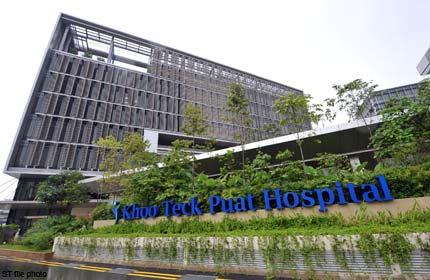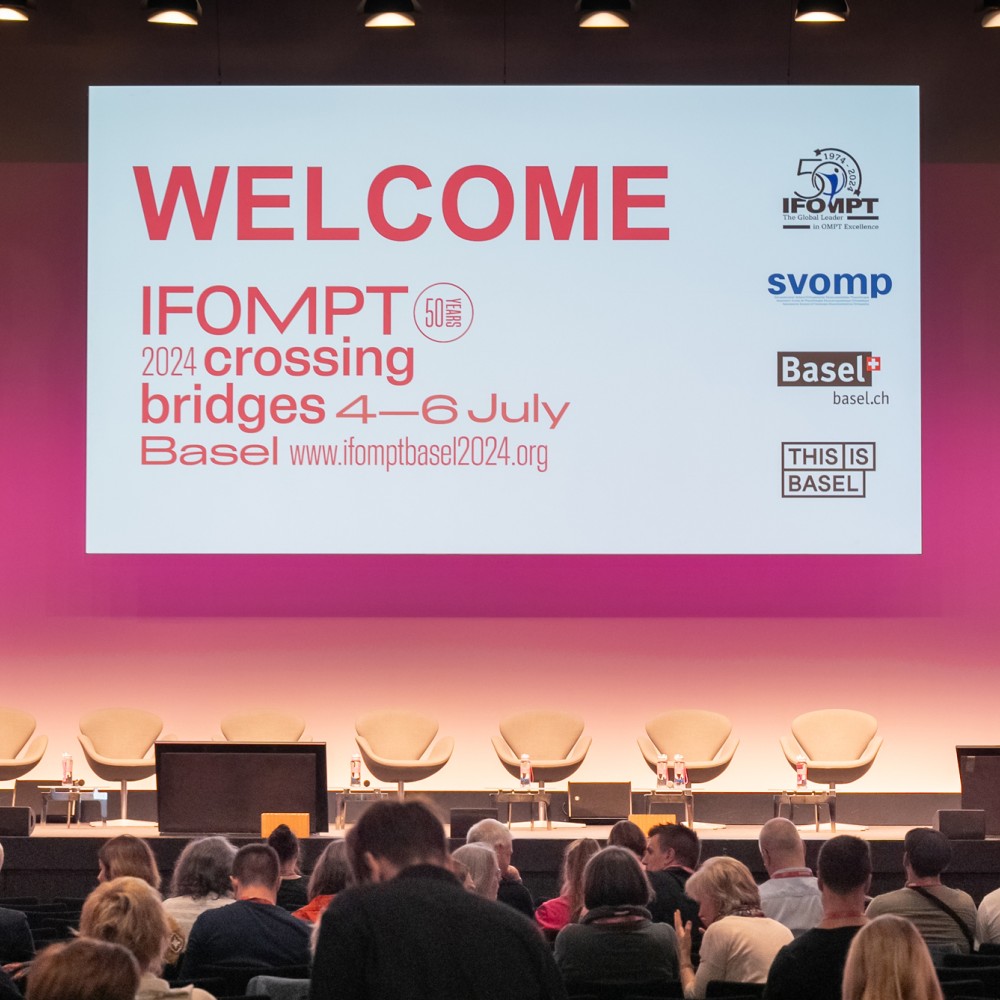Singapore - Future Care
- 4 January 2016 - 12:56 PM
- Comment(s)

Welcome to the new age of hospitals in Singapore where, over and above world-class medical care, tremendous thought has been invested into infrastructure, particularly the design and use of technology, to create healthcare facilities that are worthy of international attention and emulation.
Healing Outdoor Spaces
A shift in emphasis within the healthcare industry arose in the US and UK in the 1990s. The idea that beyond the healthcare professionals, other factors within the hospital can contribute to patient care began taking shape and the concept of patient-centered care surfaced. The healing power of exposure to Nature, a 1,000-year-old belief that had been sidelined by modern medicine’s emphasis on drugs and surgery, was revived. Therapeutic outdoor spaces and interior design that took into consideration patients’ needs began to be incorporated into hospital design in an effort to provide holistic healthcare.
In this area, Singapore has been taking the lead in Asia. The two newest public hospitals to be opened in the last decade, KTPH and Ng Teng Fong General Hospital (NTFGH), are testaments to this paradigm shift. KTPH beautifully combines healing gardens with patient-friendly design to create a “hospital in a garden and garden in a hospital”.
Healing Interior Designs
If KTPH is a fine example of the use of outdoor spaces for healing, then the newly opened NTFGH is a prime specimen of interiors created with patient care in mind. The newly opened integrated healthcare hub in the West of Singapore comprises the 700-bed NTFGH and the 400-bed Jurong Community Hospital (JCH). The twinned hospitals run by Jurong Health Services (JHS) to provide integrated care to the population in the west are the first hospitals in Singapore to be designed and built together from the ground up as an integrated development to complement each other for better patient care, greater efficiency, and convenience.
The hospital planning process took into account how patient care, treatment, and rehabilitation could continue seamlessly between the hospitals. The JHS planners took great pains to optimize the narrow strip of land dedicated for the development to create the most conducive healing environment for its patients. The result – distinctive fan-shaped wards.
Innovative Care
How a hospital interprets care can have immense bearing on how it is run. In this, Singapore’s hospitals have endeavored to stay ahead. The idea of hospitals without walls – where care is brought to the community instead of having patients come to the hospital - has gained traction in recent years. And, KTPH has successfully adopted the idea. Its Ageing-in-Place Program (AIP) reaches out to patients who have been repeatedly admitted to the hospital. Upon their discharge, the AIP team visits them in their homes to help them better manage their health so they require less medical care. The hospital became the first in Singapore to win the 2014 United Nations Public Service Award (UNPSA) for this program.
Another expression of its innovative care can be found in the KTPH’s geriatric and palliative care wards. It has a special dementia ward, the first in a public hospital, designed to look just like home. A glass wall offers a view of a garden where patients can take strolls. But most interestingly, the ward does not need to restrain its patients to prevent them from wandering away. Instead, it uses design to deter – the doors are painted to look like bookshelves, making them harder for the patients to find. KTPH also has a special room, Lily Room, reserved for patients at the end-stage and their families to say good-bye in private.
JCH has a Mobility Park, the first of its kind in Singapore. The park’s most interesting feature is a simulated public transport setting with an actual bus, taxi, and MRT train carriage. This provides patients a safe environment to practice going through their daily routines.
One of the most technologically advanced countries in the world, Singapore’s hospitals are setting the trend for cutting-edge care in Asia. At KTPH, an automated lab vehicle dubbed Amabelle collects and delivers test and investigation samples ensuring timeliness and improved workflow. The hospital also uses a robotic bed transporter system which halves the manpower needed to transfer patients and speeds up the process. Electronic Meal Ordering System (EMOS) allows patients to order their meals with an iPad. The paperless system minimizes wrong orders and improves productivity. The hospital has even capitalized on technology in its patient care. It is the first healthcare institution here to develop and use mobile apps to help patients manage their panic attacks and depression. The apps help users to pen, manage, and monitor their negative thoughts through cognitive restructuring.
More than merely places for medical treatments, the hospitals of Singapore are increasingly testaments of forward-thinking design and forward-looking approaches to healing. Singapore is more than a medical hub; it is also an eminent source of research, partnerships, and spirited exchanges for medical facilities throughout the world.
As seen on CNN’s On The Road Singapore Special Feature.




Leave Comments